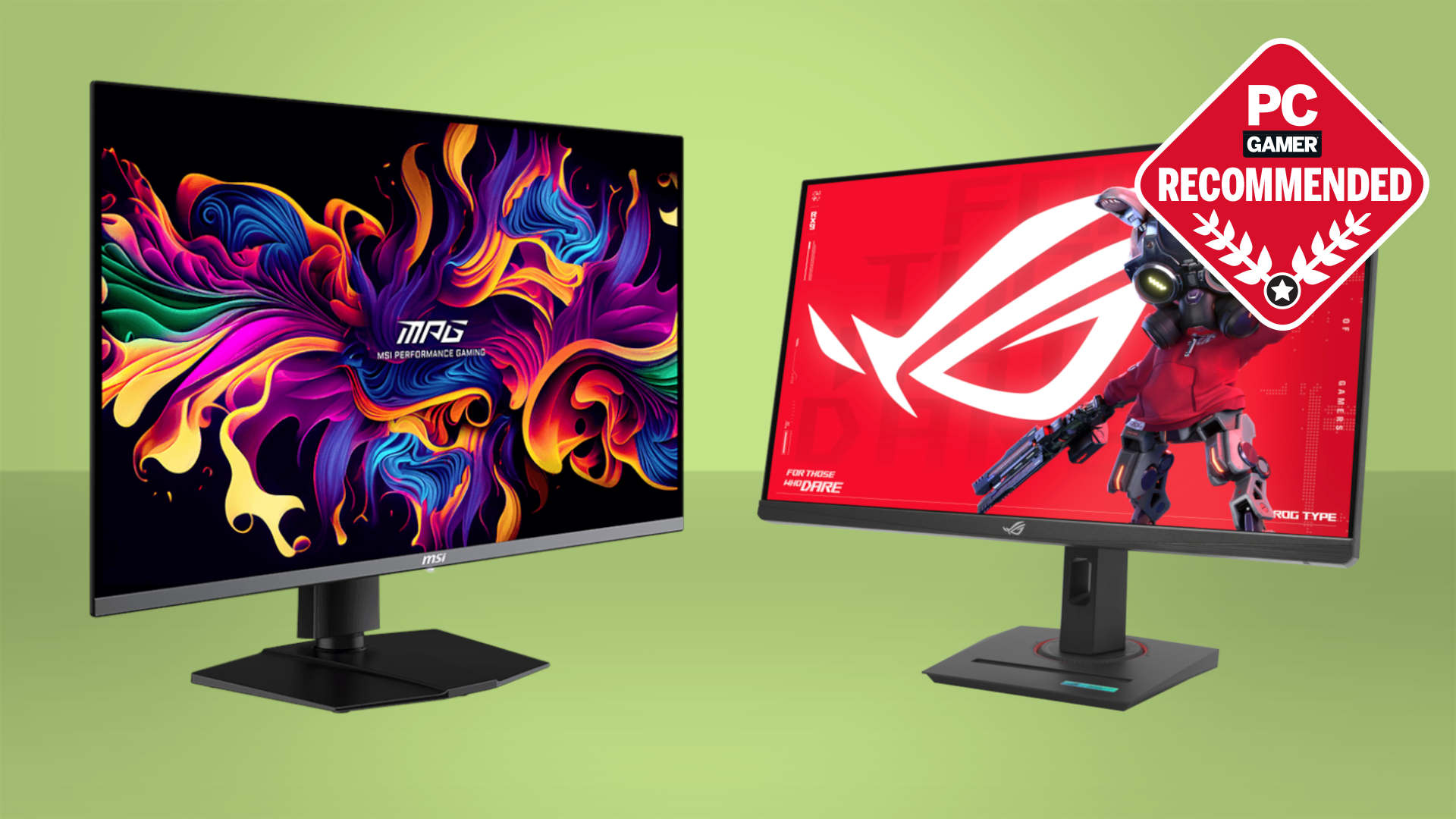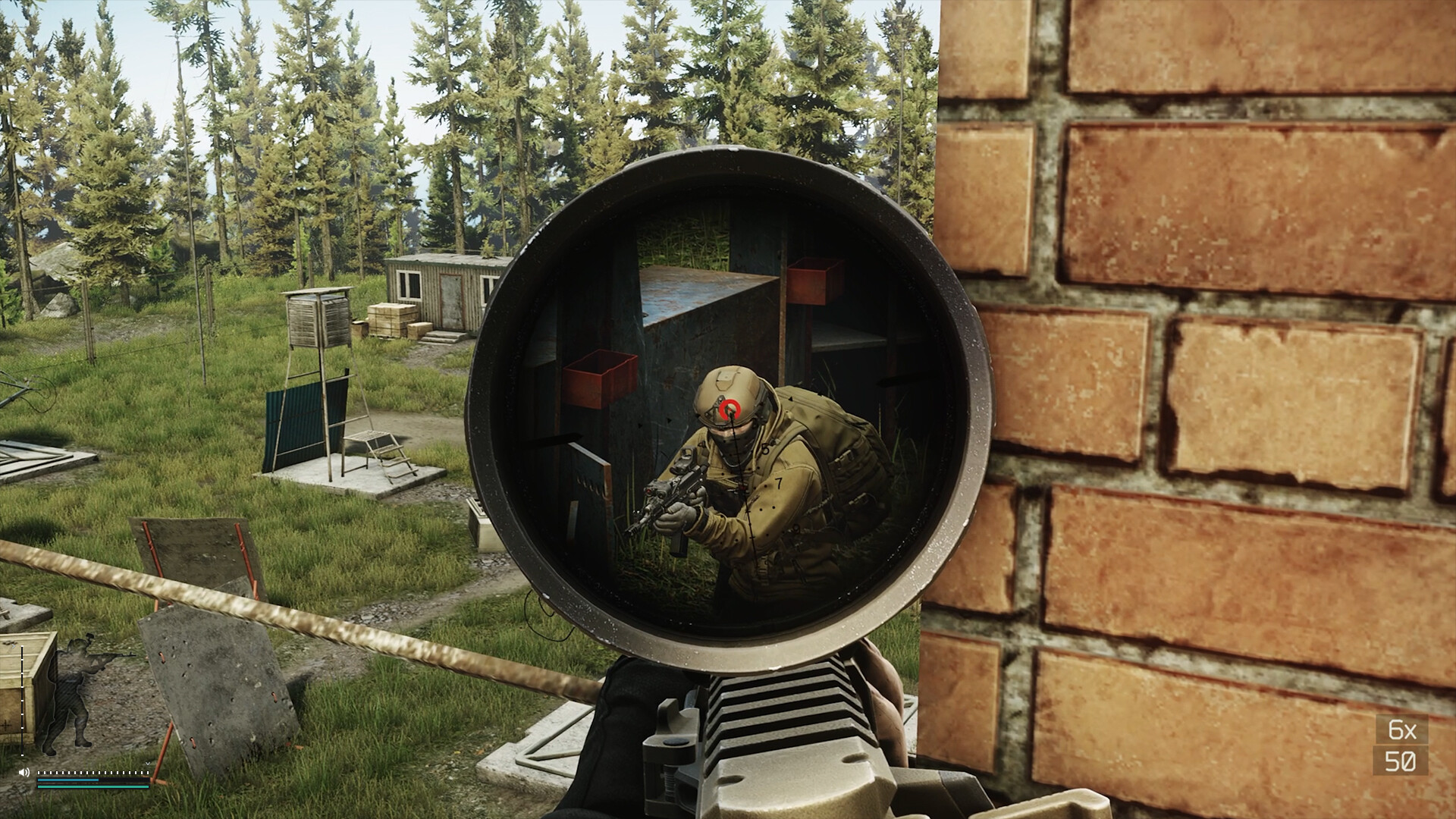Our Verdict
A well-constructed chassis with plenty of customization options, but without the option to swap in Hall effect switches it feels expensive for what's on offer against the established competition.
For
- Tank-like chassis construction
- Plenty of switch options
- Easy to build
Against
- No Hall effect switch compatibility
- Pricing quickly adds up
PC Gamer's got your back
For a decade or more now, it hasn't been the big names driving big changes in the PC peripherals market, but the disruptive enthusiast outfits. The likes of Ducky and Wooting managed to land on what gamers genuinely want from an enthusiast mechanical keyboard before Corsair, Razer et al did—compact size, high quality switches, custom keycaps, and rapid trigger actuation. Your move, bigwigs.
This Makr 75 from Corsair, then, represents the old guard responding to those disruptors. It's a barebones tenkeyless keyboard kit comprising an aluminium frame and, all sold separately, a choice of switches, keycaps of various designs, a wireless module, and an LCD display module to replace the scroll wheel. It's the epitome of enthusiast-grade boards, really: one for people with strong preferences about switches, and who may want to move to a different switch type on the same board at a later date.
Corsair isn't the only big manufacturer moving in this modular direction. Razer recently unveiled its own Blackwidow V4 75% barebones keyboard kit, and wouldn't you know it, it's undercut the Makr 75 on pricing. That means this keyboard's under real pressure to perform, not just from the Wooting and Gamakay boards that have been coaxing consumers away from the established brands, but now from the established brands themselves, too.
The good news is that it fulfils its intended purpose. This is a remarkably sturdy, weighty chassis that screams longevity as you touch it, and the hot-swappable switches mean that it can be your fingers' forever home even as your taste in tactile feedback changes. In the most fundamental terms, the Makr 75 puts ticks in boxes.
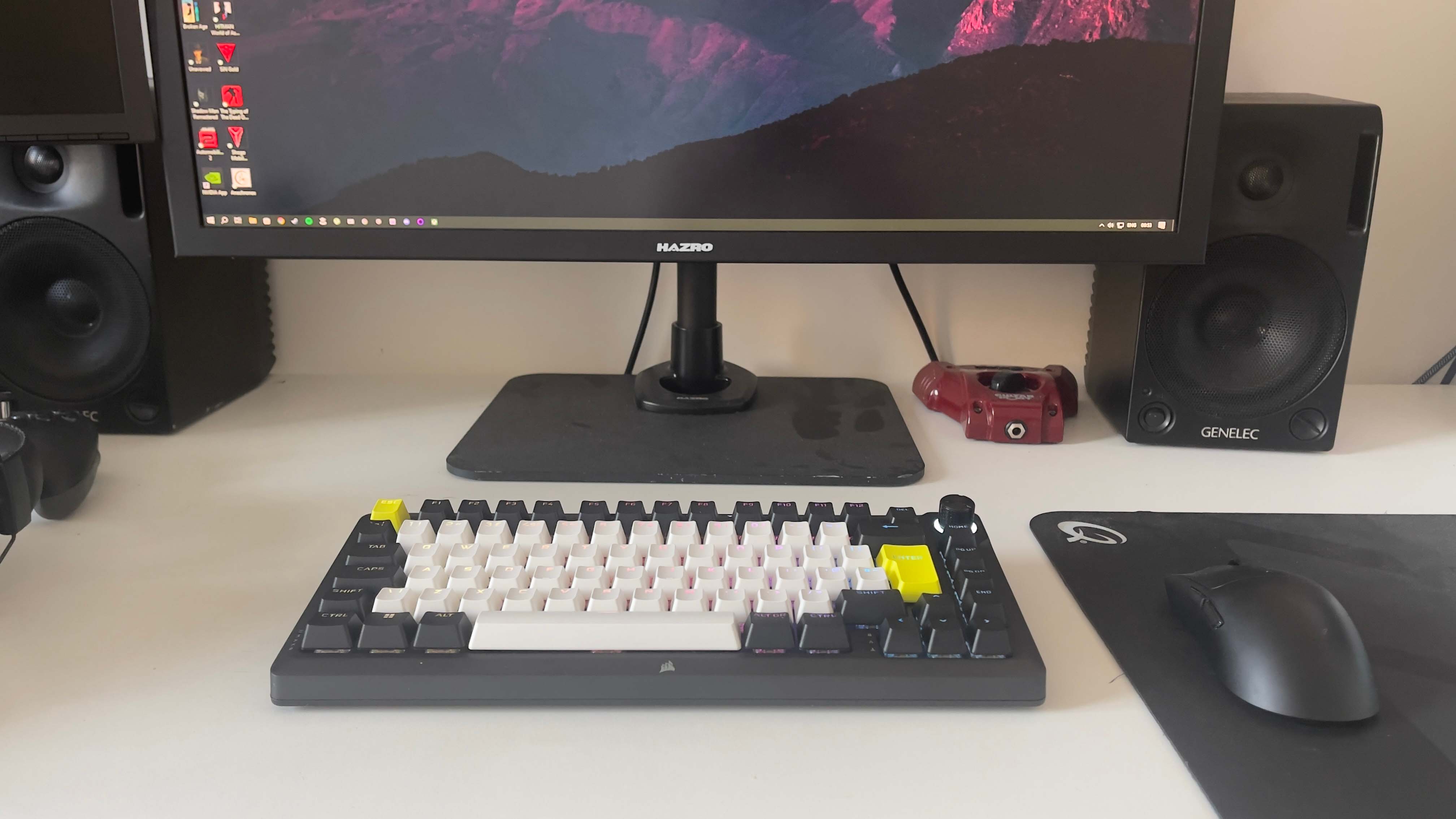
Switch type: MLX Plasma/MLX Fusion/MLX Quantum/MLX Pulse
Keycaps: PBT double-shot/PBT dye sublimated, ABT double-shot
Lighting: RGB, programmable via iCUE
Onboard storage: None
Extra ports: USB-C for charging
Connection type: Wireless—Bluetooth/2.4 GHz receiver
Cable: USB Type-C/USB Type-A, detachable
Weight: 916 g/2.01 lbs
Price: $179.99 / £159.99 (chassis only, no switches or keycaps provided)
Being a modular kit, it's also eminently possible to dial in something close to your preferred sensation using the different options Corsair provides. Four different types of the Californian company's MLX switches are offered in the online board builder tool: the MLX Plasma, MLX Fusion, MLX Quantum and MLX Pulse, offering a linear, tactile, speed, or thocky feel, respectively.
The thing is, if you're considering buying a modular mechanical keyboard kit for north of $200/£200, chances are you already know exactly what kind of switch you like. So in a sensible move from Corsair, you can install any other mechanical switches instead of the MLX units if you prefer, and buy the board without any switches supplied. If you do go for the supplied options, the MLX Plasma, Fusion, and Quantum switches are priced at $34.98 / £24.99, while the Pulse is considerably pricier at $49.98 / £39.99 per set.
So far so good, but the easy breezy, 'build it however you like it' ethos only extends to mechanical switches—Hall effect switches aren't supported. They require a different PCB than mechanical switches, and while just about every other component of the Makr 75 is modular, the PCB is not. That's likely to be a major sticking point for many, due to the super-light actuation force HE switches can register inputs at and their renowned durability.
Keep up to date with the most important stories and the best deals, as picked by the PC Gamer team.
Personally, I'm not heartbroken. It's true that HE switches make a lot of sense for gaming, and I do notice a very slight difference when I'm using my Logitech G Pro X TKL Rapid keyboard in Valorant versus a traditional mechanical board. I have WASD set up to be slightly more sensitive than the other keys, and that makes wiggling and peeking very slightly easier.
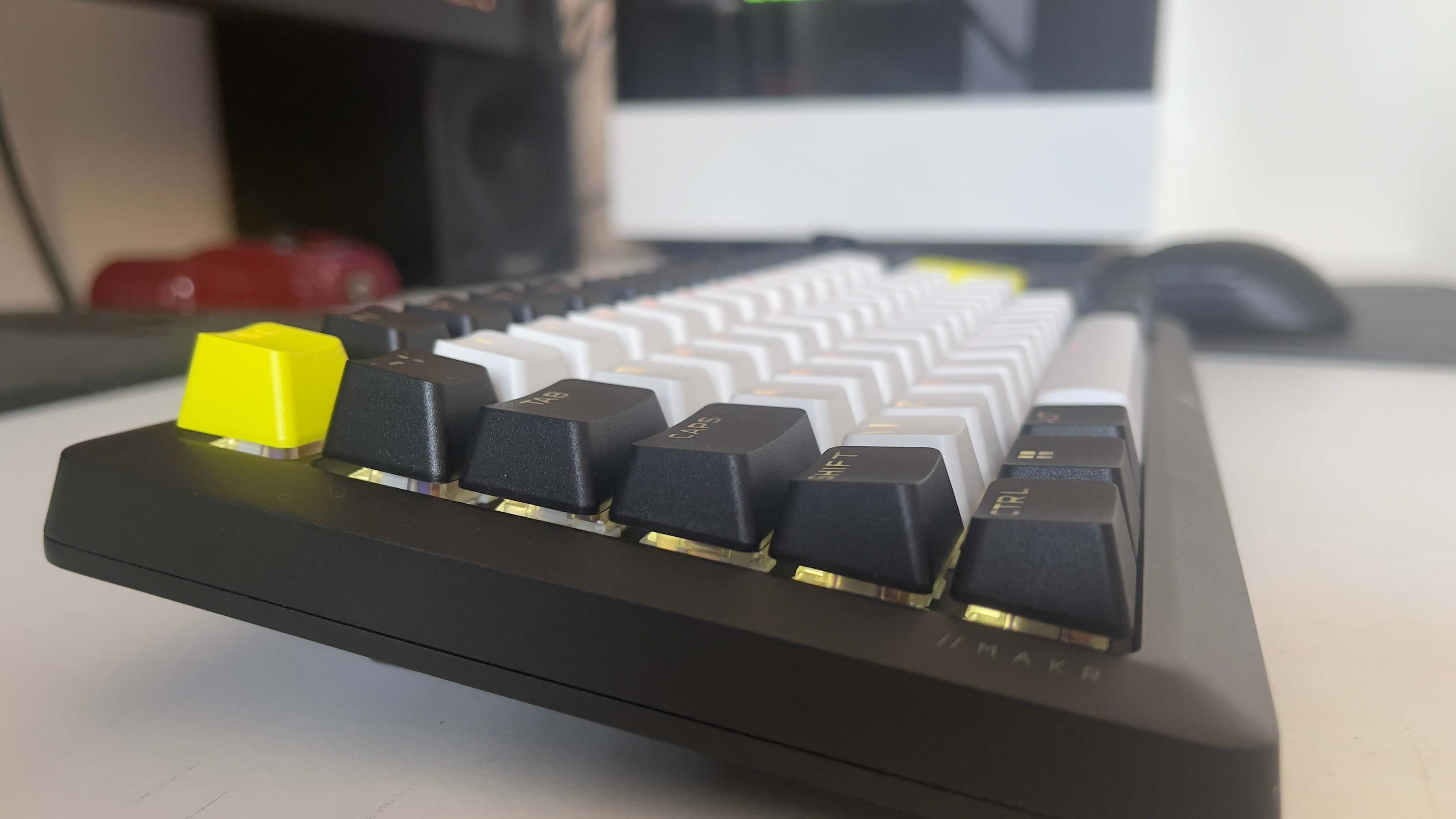
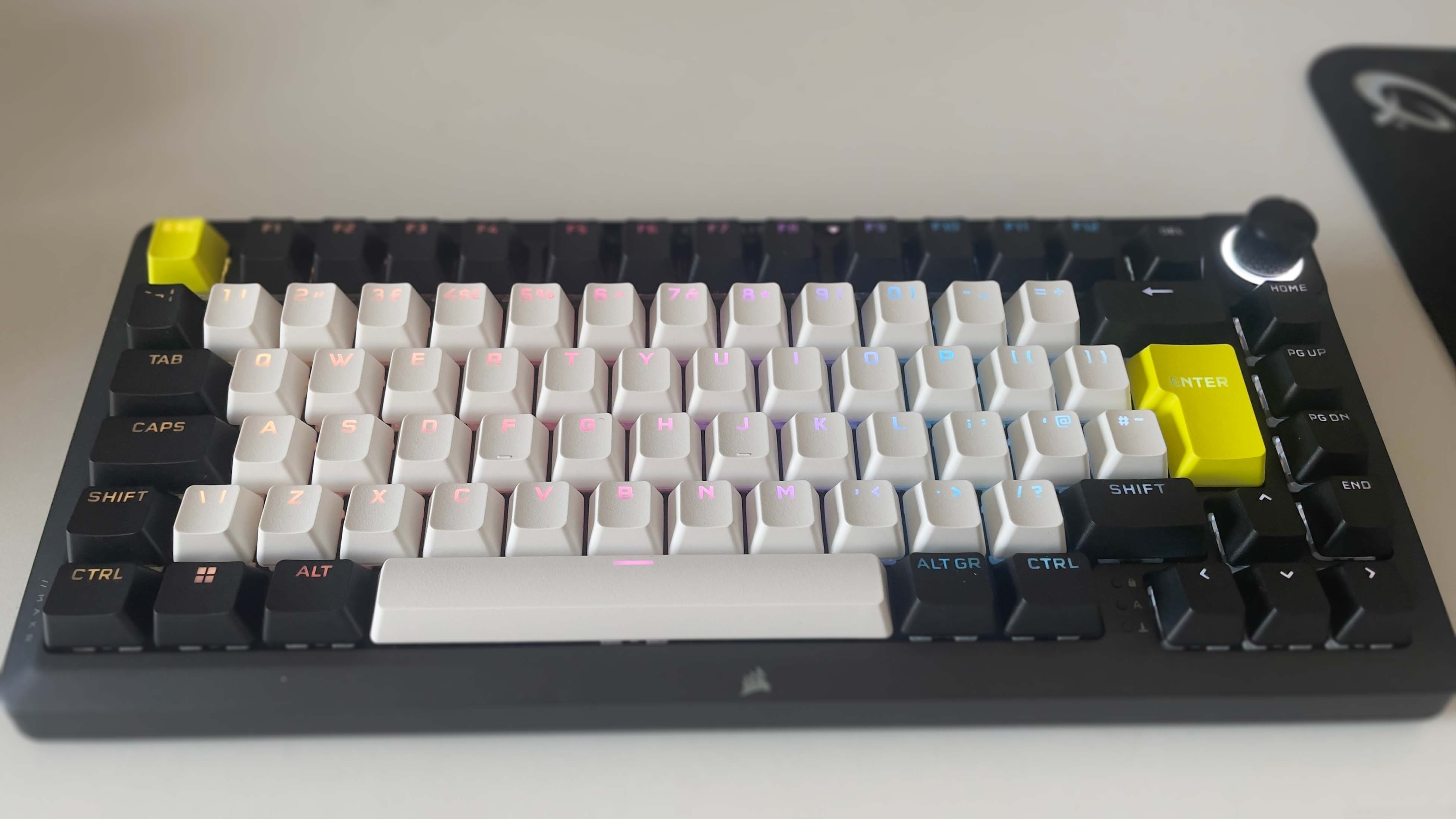
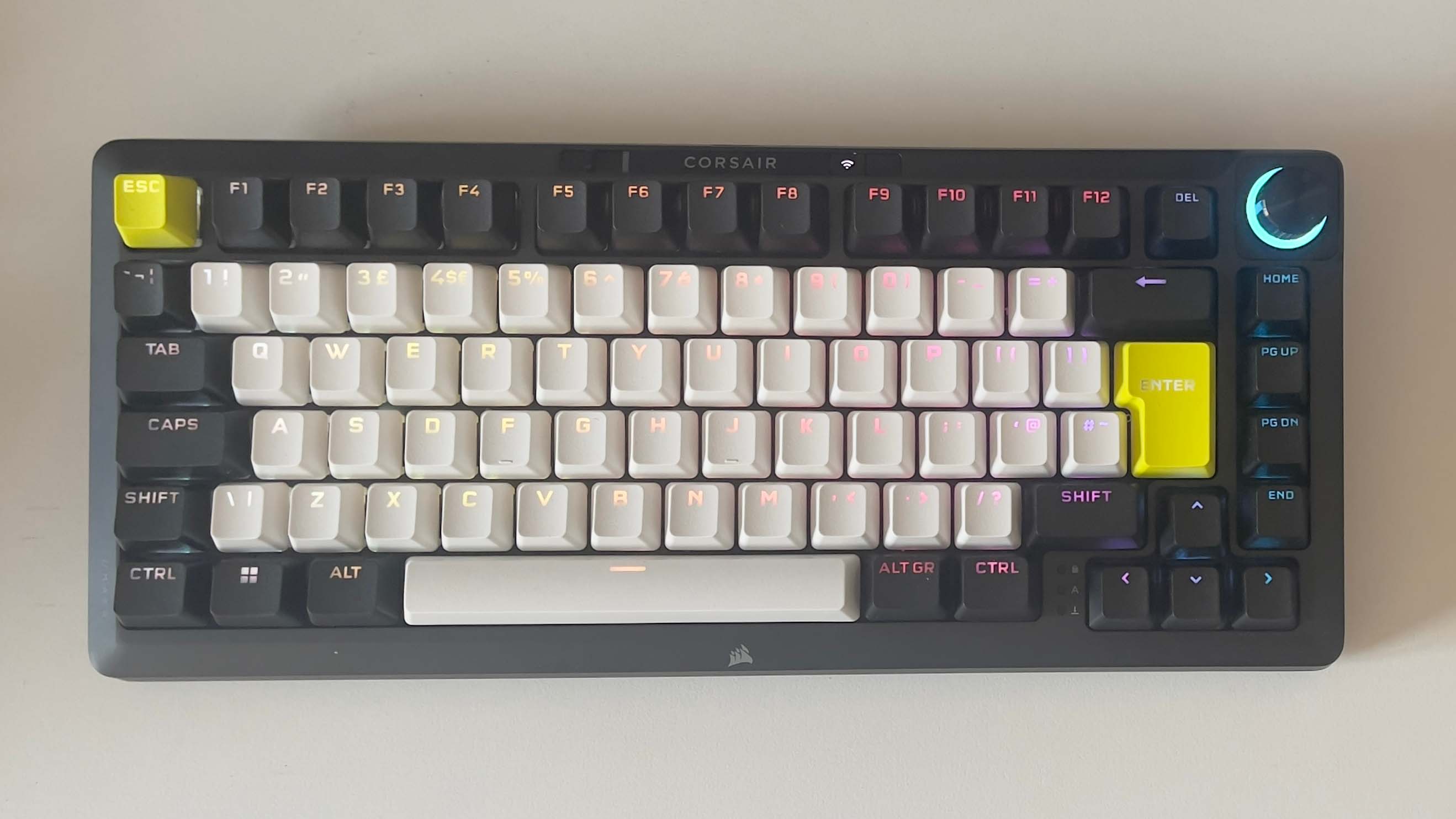
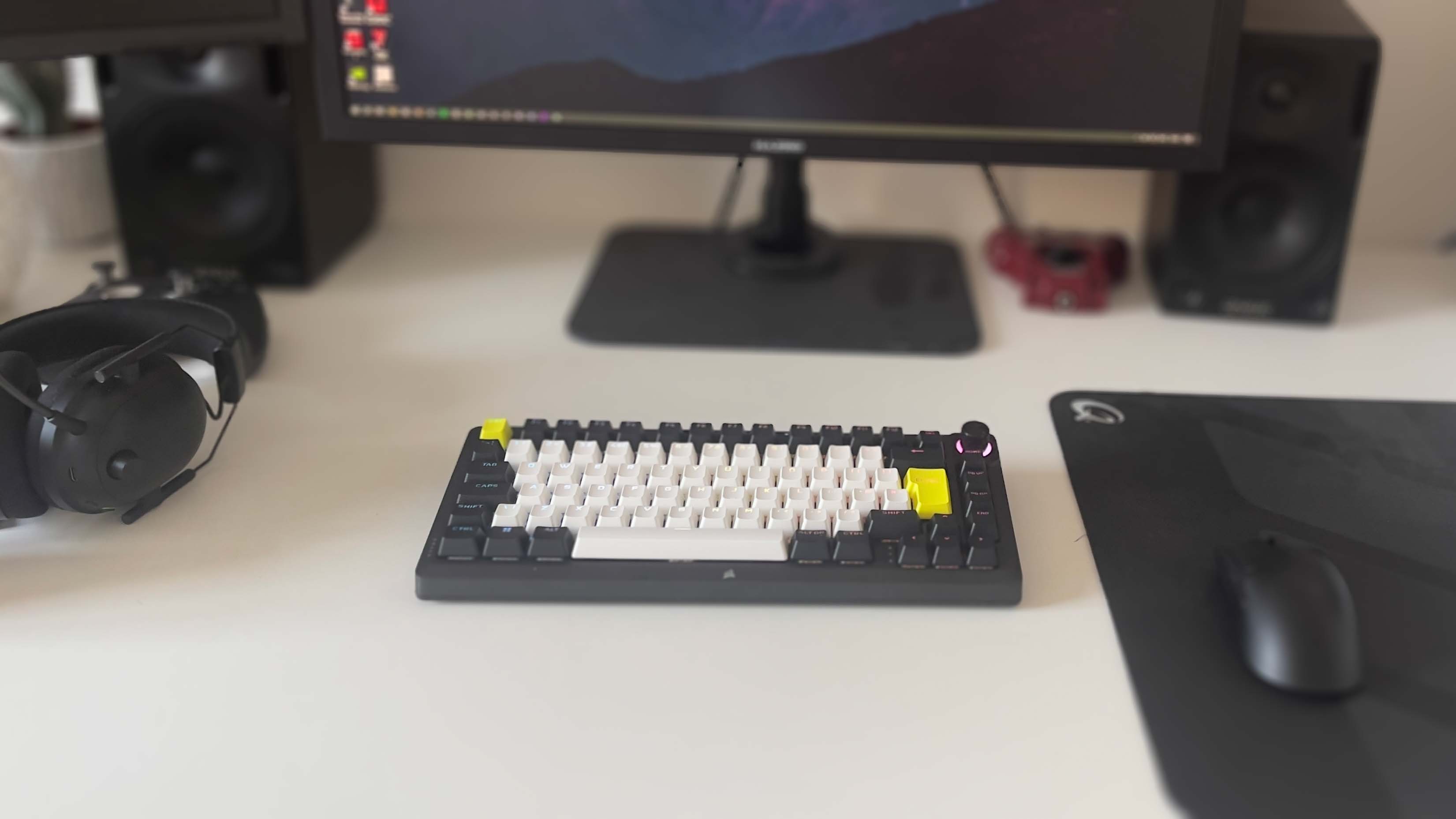
The designers have been reading the right subreddits.
However, I'm emphasizing the 'slightly'. Hall Effect is the buzzword du jour in gaming keyboards, and as a result its benefits are probably being over-emphasized by marketing content and enthusiastic redditors. HE switches are also slightly more susceptible to dirt than their mechanical cousins, so it makes sense for a barebones kit, which you're likely to disassemble and reassemble, not to use them.
The wireless and LCD display modules are both easy to install and do what you'd expect them to, but it's worth noting that if you opt for both, plus switches and keycaps, the total price for the Makr 75 runs north of £300/$300. That seems like an awful lot, when you consider that Ducky's Zero 6108 offers very comparable functionality, if not customization, for less than a third of the price. Corsair's putting a real premium on the malleability of the Makr.
However, there are aspects of that malleability that demonstrate Corsair's really done its homework. The choice of polycarbonate or FR4 switchplates ($20 / £16 more for the latter, mind you) gives you a real tangible difference in tactile sensation and acoustic feedback, well beyond what a difference in switch can change. That alone shows the designers have been reading the right subreddits.
My personal experience with the Makr 75 as a gaming device and a work keyboard has involved… an adjustment curve. I'm certainly happy with the tactile sensation I've been able to dial in (linear switches and FR4 switchplate, since you ask), but it's the exact dimensions of the board and the height and scalloping of the keycaps I've taken some time to adjust to.
It's all slightly steeper, and slightly more compact, than I'd find ideal. Swapping out the keycaps for the Cherry or DCX options would probably alleviate this somewhat, but it raises something of a debate: is it better to have total control over every aspect of a peripheral, or just have the engineers and designers make the call for you?
✅ You're a tinkerer: The potential for upgrades and different switch and keycaps is vast with this barebones kit, and fiddling with all the options is half the fun so you'll get your money's worth if you're a frequent tinkerer.
❌ You're an accountant: It's a killer one-two punch for anyone who works in finance: an eye-watering price, and the absence of a number pad. If you're less comfortable on compact keeb layouts or top-end purchases, give it a miss.
No snickering as I tell you this, but I use Sega arcade classic Typing of the Dead as something of an unofficial keyboard benchmarking tool. It's an ideal mix of typing accuracy stats and gamification, and it makes you work a board harder than just pressing WASD a lot and forming a subjective opinion of how responsive that feels.
What I can tell you is that my typing accuracy is down from 97% to 95% when using the Makr 75 versus my usual Logitech G Pro X TKL Rapid. To an extent, that's to be expected: the keyboard you're used to is always going to feel like home, and your muscle memory will unlock performance like no mechanical switch could.
But then, that undermines the whole concept of a barebones kit with countless customization options somewhat, doesn't it? Corsair has attached a significant price premium onto this kit's capacity for modular building and customization, but customizing a keyboard isn't actually a direct path to better performance. You find better performance by practice, on whatever board you're using.
A well-constructed chassis with plenty of customization options, but without the option to swap in Hall effect switches it feels expensive for what's on offer against the established competition.
Phil 'the face' Iwaniuk used to work in magazines. Now he wanders the earth, stopping passers-by to tell them about PC games he remembers from 1998 until their polite smiles turn cold. He also makes ads. Veteran hardware smasher and game botherer of PC Format, Official PlayStation Magazine, PCGamesN, Guardian, Eurogamer, IGN, VG247, and What Gramophone? He won an award once, but he doesn't like to go on about it.
You can get rid of 'the face' bit if you like.
No -Ed.
You must confirm your public display name before commenting
Please logout and then login again, you will then be prompted to enter your display name.

